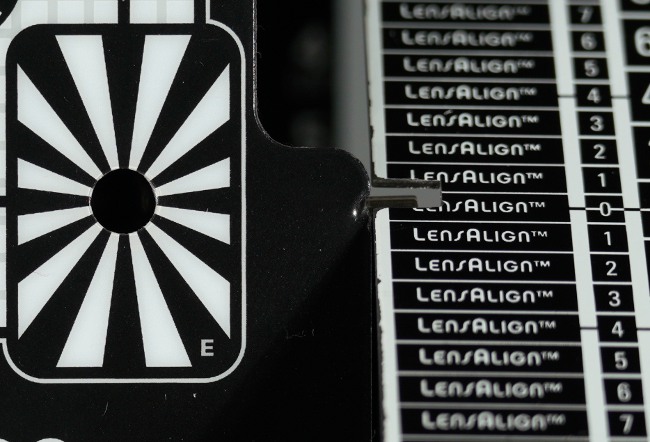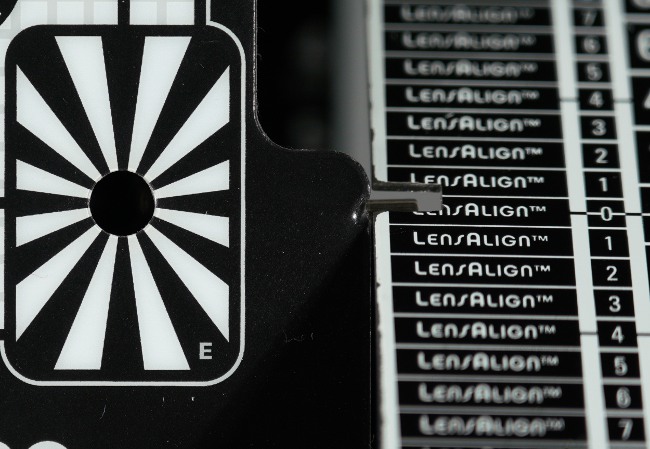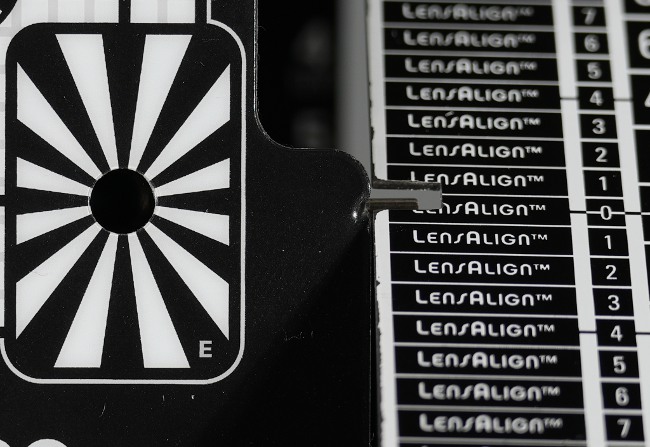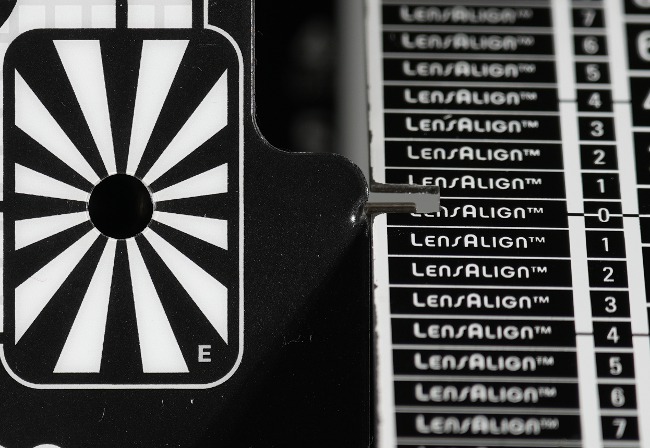Sony FE 20-70 mm f/4 G
10. Autofocus
We also didn't have any problems with the accuracy of the focusing mechanism – it was beyond reproach, no matter whether we tested the lens in the studio or in the open air.
As you see in shots below the Sony also didn't have any front or back focus related problems.
Please Support UsIf you enjoy our reviews and articles, and you want us to continue our work please, support our website by donating through PayPal. The funds are going to be used for paying our editorial team, renting servers, and equipping our testing studio; only that way we will be able to continue providing you interesting content for free. |
- - - - - - - - - - - - - - - - - - - - - - - - - - - - - - - - - - - - - - - - - - - - - - - -
| A7R III, 50 mm, f/4.0 |
 |
| A7R III, 70 mm, f/4.0 |
 |
| A7R V, 50 mm, f/4.0 |
 |
| A7R V, 70 mm, f/4.0 |
 |
The Filmmaker's Eye
As the tested lens features a very useful focal range from a filmmaker's perspective and it offers a fixed aperture, we decided to check also two film parameters connected to its optical construction, and keeping the focus. We think here about 'breathing' so geometric changes in field-of-view while overfocusing and parfocality so keeping the same focal point while changing the focal length.Let's start with focus breathing:
In the middle of the focal range you can observe how should the perfect, model focus breathing in a lens look. At 70 mm for a change there is some breathing but not much. As more and more Sony cameras offer you breathing compensation, the situation should remain under control as soon as the appropriate lens profile appears in the menu.
Taking into account small physical dimensions of the lens and the fact that you deal here with a zoom instrument with an untypical focal range, difficult to construct, we think its breathing, without being perfect, is corrected decently well.
Now let's check the parfocality of the tested lens:
Strange changes of image brightness during quick changes of focal lengths are the only thing that makes us a bit worried. They shouldn't have happened while video recording with a complete manual exposure. Still it seems that it's a software-related problem of the camera, not of the lens itself, so it won't be assessed during this test.






